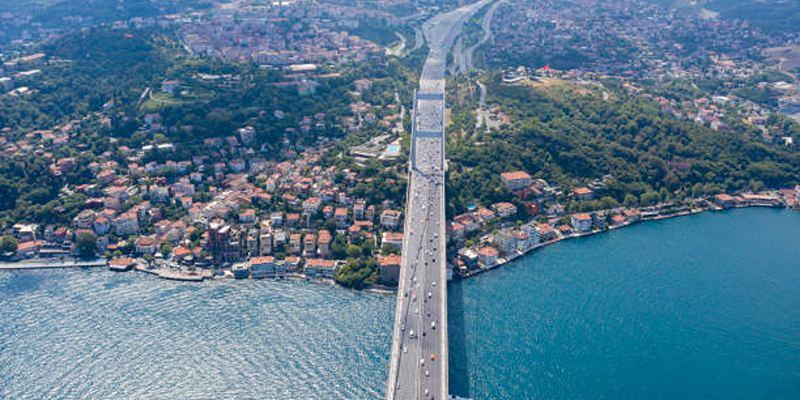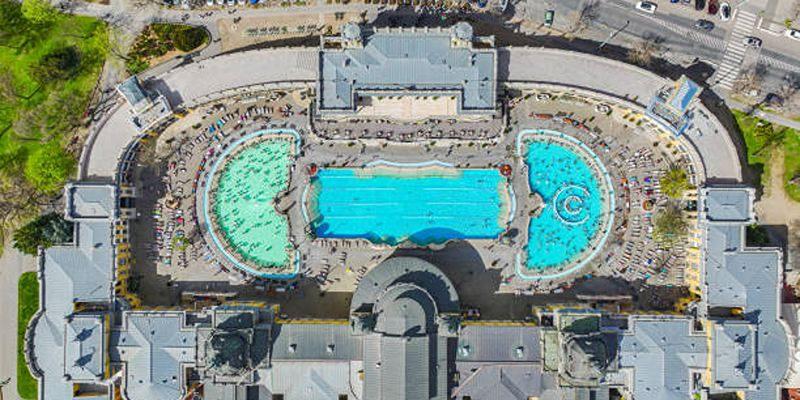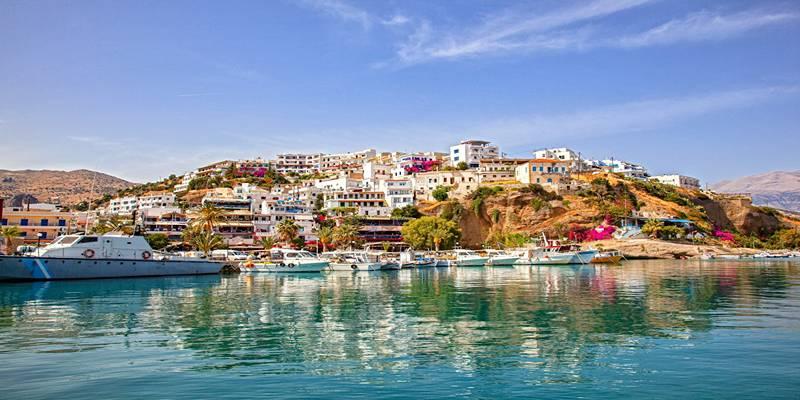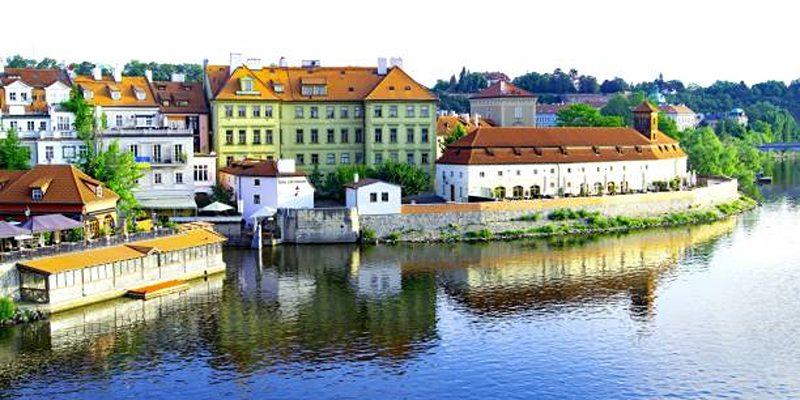Cape Town isn’t a place you just visit and forget. It holds your attention in a way that feels personal. You’re never far from the sea, the mountains, or the wind. People move with less rush, food is thoughtful, and the scenery does half the talking. At the same time, the city keeps shifting—quietly, steadily.
Nature, community, and creativity all mix into the experience. Contemporary travel in Cape Town isn’t about chasing icons. It’s about how people live here, what they care about, and how you meet them in those spaces.
Cape Town Experiences Beyond the Ordinary
Table Mountain Isn’t the Only View
Table Mountain still defines the skyline, and the cable car ride remains a classic. But it’s not the only way up. Trails like Skeleton Gorge or India Venster offer more grounded, slower routes, passing through forests and rock scrambles, with views that shift as you climb. Wildflowers change with the season, and small animals like rock hyraxes often appear along the way.
For a shorter climb, Lion’s Head delivers wide-open views at sunrise or sunset. It’s steeper in parts but manageable. At the top, there’s a pause. You’re surrounded by sea, city, and silence.
Beaches Beyond the Postcard
Cape Town’s coast is full of variation. Beyond the usual stops like Clifton or Camps Bay, there’s Muizenberg—a stretch of sand with surf schools, small cafés, and a laid-back pace. This side of the peninsula has warmer water and fewer crowds during the week. It’s less about being seen, more about being in it.
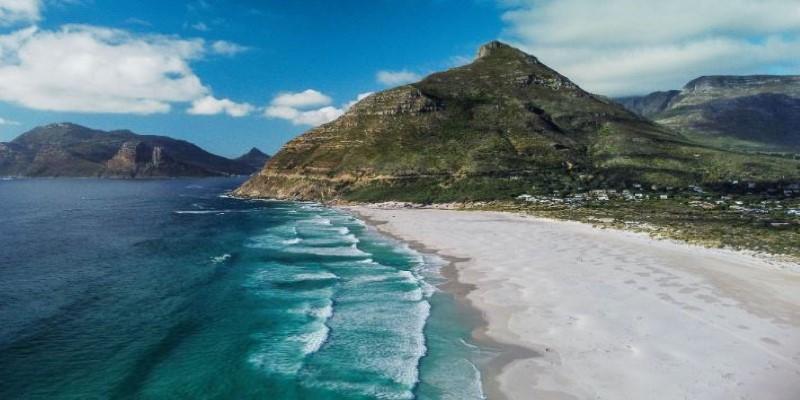
Farther along, Noordhoek Beach stretches wide beneath Chapman’s Peak. It’s mostly untouched, with few people and long flat walks. The wind carries sea salt and space to think. It’s good for clearing your head without distraction.
Art in Unexpected Places
Art in Cape Town often lives outside the frame. While the Zeitz MOCAA offers a bold space for contemporary African work, much of the creativity here happens on street corners and in converted studios. In Woodstock, walls are filled with murals—some political, some playful, all vivid.
Former warehouses now host collectives where visitors can meet makers, not just see their work. Ceramics, textiles, and prints are made in small batches, often by hand. You can ask questions, learn the story behind each piece, and sometimes even take part in a workshop or open studio.
A New Kind of Food Culture
Cape Town’s food scene leans toward substance. Local chefs and home cooks alike are placing focus on seasonal ingredients, sustainable sourcing, and flavor rooted in memory. Backyard restaurants and pop-up tables offer dishes that reflect family history, regional shifts, and small-scale farming.
Markets like Oranjezicht City Farm bring growers and buyers together under open tents. Here you’ll find everything from wild mushrooms to stone-ground loaves. You’re just as likely to hear a story as you are to taste something new. Food in Cape Town now feels less performative and more like a conversation.
Everyday History
Cape Town’s story is layered. Robben Island remains a powerful place to visit, not just for the prison itself but for the ferry ride—the physical crossing between the city and its past. But history is also found in how people are living now.
The Bo-Kaap isn’t just about colorful houses; it’s about families holding onto heritage in a changing neighborhood. In District Six, museums and murals speak of forced removals, but also of return—of people finding ways back into spaces taken from them. It’s personal and unfinished, not polished or packaged.
Townships and Conversations
Township visits, done respectfully, shift focus from sightseeing to listening. In Langa or Khayelitsha, local guides offer walking tours that feel like conversations. You may visit someone’s home, try traditional food, or meet young creators—people making clothing, music, or community centers with little outside help.
These aren’t staged visits. They’re about seeing the city beyond what’s often photographed. They reveal what people are building for themselves, how they’re adapting, and how they welcome others into that story without performance or pity.
Slow Days on the Routes
While quick tastings still happen, a growing number of travelers are approaching Cape Town’s countryside differently. In Constantia, a short drive from the city, you’ll find historic estates with shaded gardens and quiet tastings that aren’t rushed. Makers are often present, and the pace is unhurried.
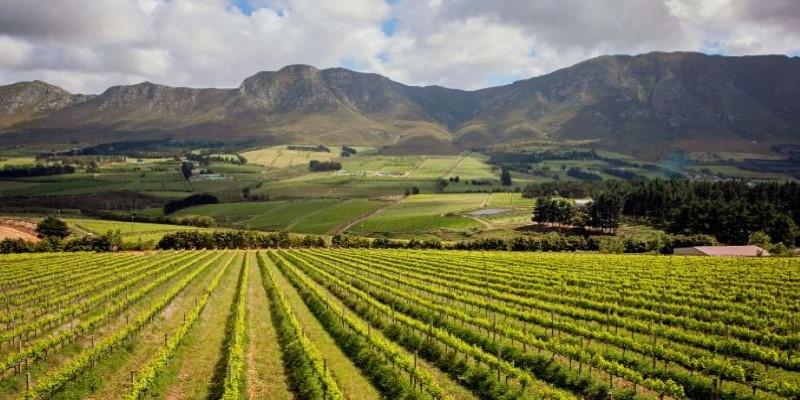
Beyond that, regions like Elgin and Hemel-en-Aarde are drawing interest for more than the usual attractions. These areas offer walks through orchards, small farms focused on regenerative methods, and local food paired with natural beverages. It feels less curated and more rooted in the landscape itself.
Ocean Encounters
The cold Atlantic isn’t a barrier—it’s an invitation. Cape Town’s coastline offers sea kayaking, open-water swims, and snorkel tours through kelp forests. Tidal pools in places like St. James or Dalebrook let you experience the ocean without the full chill, surrounded by kids splashing and older swimmers who’ve been coming for decades.
Organizations such as the Sea Change Project run guided experiences in shallow waters, where seaweed sways and small fish dart through filtered light. It’s not about thrill—it’s about attention. The ocean becomes a place to observe, not conquer.
Conclusion
Cape Town rewards curiosity and time. It’s not a city that fits into a tight itinerary. The best parts aren’t behind tickets or gates—they’re in slow walks, shared meals, and quiet exchanges. Whether you’re standing at the top of a mountain, eating fresh bread in a garden, or hearing someone tell you about their neighborhood, the experiences stay close. Contemporary travel here is about presence, not performance. You don’t leave with a checklist—you leave with moments that feel honest. Cape Town doesn’t try to impress. It just offers itself, piece by piece, if you’re paying attention.


